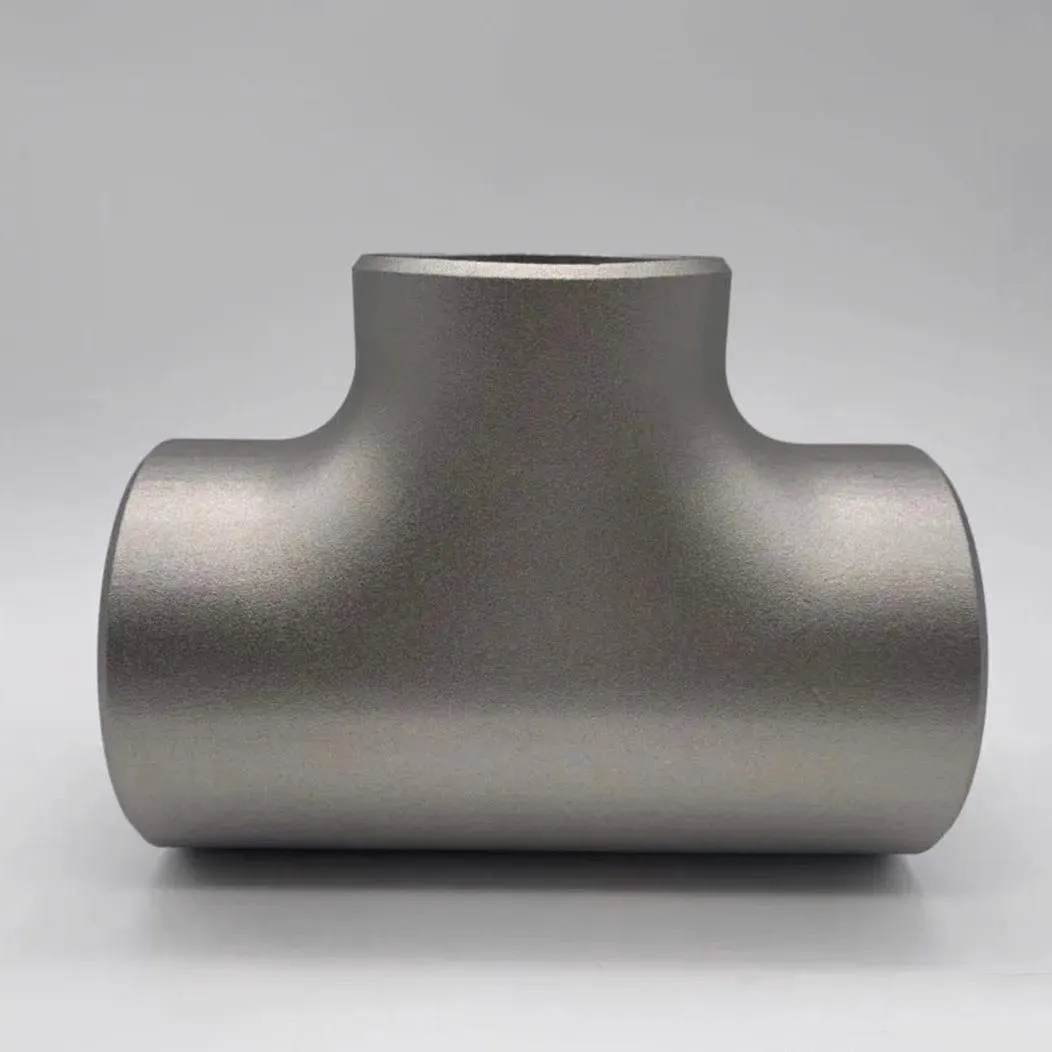-
Cangzhou Yulong Steel Co., Ltd.
-
Phone:
+86 13303177267 -
Email:
admin@ylsteelfittings.com
- English
- Arabic
- Italian
- Spanish
- Portuguese
- German
- kazakh
- Persian
- Greek
- French
- Russian
- Polish
- Thai
- Indonesian
- Vietnamese
- Zulu
- Korean
- Uzbek
- Hindi
- Serbian
- Malay
- Ukrainian
- Gujarati
- Haitian Creole
- hausa
- hawaiian
- Hebrew
- Miao
- Hungarian
- Icelandic
- igbo
- irish
- Japanese
- Javanese
- Kannada
- Khmer
- Rwandese
- Afrikaans
- Albanian
- Amharic
- Armenian
- Azerbaijani
- Basque
- Belarusian
- Bengali
- Bosnian
- Bulgarian
- Catalan
- Cebuano
- China
- China (Taiwan)
- Corsican
- Croatian
- Czech
- Danish
- Esperanto
- Estonian
- Finnish
- Frisian
- Galician
- Georgian
- Kurdish
- Kyrgyz
- Lao
- Latin
- Latvian
- Lithuanian
- Luxembourgish
- Macedonian
- Malgashi
- Malayalam
- Maltese
- Maori
- Marathi
- Mongolian
- Myanmar
- Nepali
- Norwegian
- Norwegian
- Occitan
- Pashto
- Dutch
- Punjabi
- Romanian
- Samoan
- Scottish Gaelic
- Sesotho
- Shona
- Sindhi
- Sinhala
- Slovak
- Slovenian
- Somali
- Sundanese
- Swahili
- Swedish
- Tagalog
- Tajik
- Tamil
- Tatar
- Telugu
- Turkish
- Turkmen
- Urdu
- Uighur
- Welsh
- Bantu
- Yiddish
- Yoruba

Oct . 12, 2024 17:14 Back to list
5d pipe bend
Understanding 5D Pipe Bends A Comprehensive Overview
In the field of piping and fluid transport, the design and execution of pipe bends are critical. Among various types of bends, the 5D pipe bend stands out due to its advantageous features and applications. The term 5D refers to the bend radius, which is five times the nominal diameter of the pipe. This means that for a pipe with a diameter of 4 inches, the radius of the bend would be 20 inches.
Importance of Pipe Bends
Pipe bends are essential components in piping systems as they allow the routing of pipes around obstacles and changes in direction without the need for additional fittings that could slow down flow or create pressure drop. The configuration and radius of the bend play a crucial role in maintaining the efficiency and integrity of the piping system.
Advantages of 5D Pipe Bends
One of the primary advantages of 5D pipe bends is their ability to minimize flow restriction. With a larger radius compared to tighter bends, the fluid flowing through the pipe can navigate the curve more smoothly, reducing turbulence and loss of pressure. This attribute makes 5D bends particularly useful in high-velocity applications or where maintaining fluid velocity is paramount, such as in petrochemical industries and water treatment facilities.
5d pipe bend

In addition to improved flow performance, 5D bends contribute to enhanced structural stability. The gentle curvature reduces stress concentrations on the pipe material, helping to minimize risks such as fatigue or premature failure. This characteristic is vital for systems that will experience fluctuating pressures and temperatures.
Applications of 5D Pipe Bends
5D pipe bends find applications across various industries, including oil and gas, chemical processing, power generation, and HVAC systems. In the oil and gas sector, for instance, these bends are often utilized in pipelines that transport crude oil or natural gas over long distances. Their design aids in accommodating the complex layouts required for such networks.
In chemical processing, the use of 5D bends helps in the effective management of corrosive substances, as they can be constructed from robust materials designed to withstand harsh conditions. Furthermore, in power generation, these bends are crucial in cooling systems where efficient fluid flow is necessary for optimal performance.
Conclusion
In summary, 5D pipe bends are a vital component in various piping systems, offering numerous benefits such as improved flow efficiency, reduced turbulence, and enhanced durability. Their applications across diverse fields underscore their importance in engineering designs and industrial operations. As infrastructure needs evolve, the role of advanced piping solutions like the 5D bend will continue to be critical in ensuring reliable and efficient fluid transport. Understanding these advantages allows engineers and project managers to make informed decisions when selecting the appropriate piping configurations for their projects.
Latest news
-
ANSI 150P SS304 SO FLANGE
NewsFeb.14,2025
-
ASTM A333GR6 STEEL PIPE
NewsJan.20,2025
-
ANSI B16.5 WELDING NECK FLANGE
NewsJan.15,2026
-
ANSI B16.5 SLIP-ON FLANGE
NewsApr.19,2024
-
SABS 1123 FLANGE
NewsJan.15,2025
-
DIN86044 PLATE FLANGE
NewsApr.19,2024
-
DIN2527 BLIND FLANGE
NewsApr.12,2024
-
JIS B2311 Butt-Welding Fittings LR/SR 45°/90° /180°Seamless/Weld
NewsApr.23,2024











